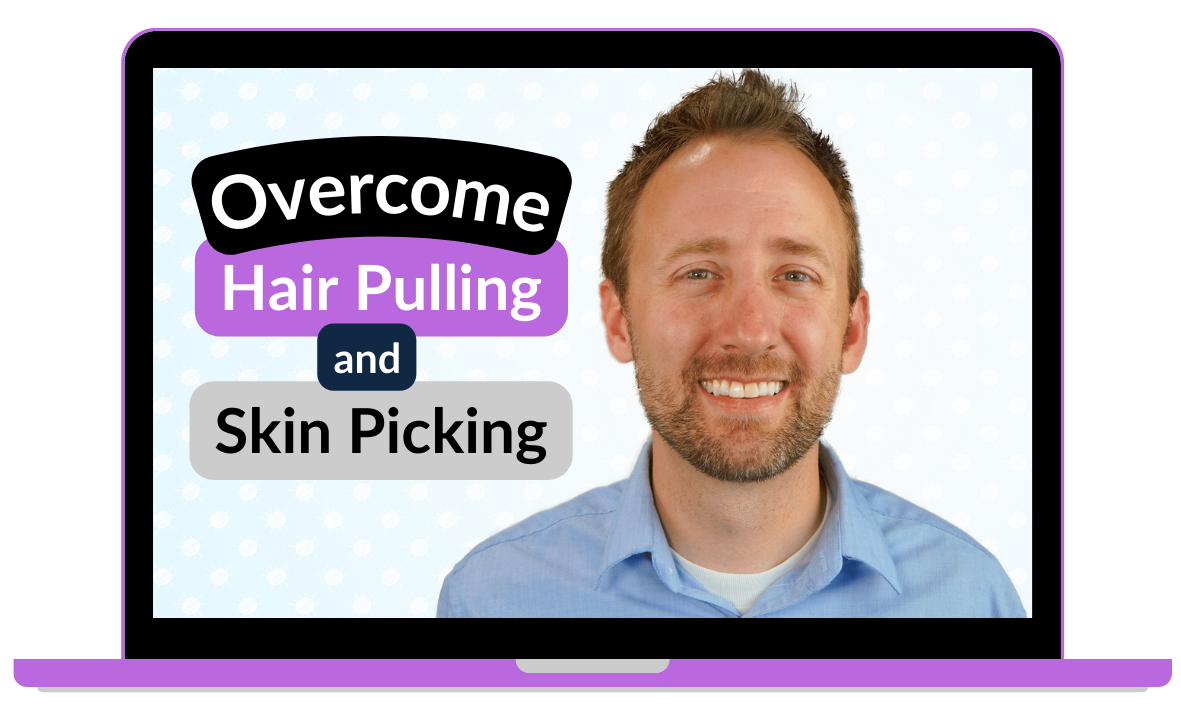Is Your Hair Pulling Getting Out of Control? Here's What You Need to Know
If you have been struggling with the urge to pull your hair, you are not alone. Hair pulling, also known as trichotillomania, is a form of self-injury that affects millions of people around the world. It can be a difficult problem to overcome, but understanding the underlying causes and exploring different treatment options can help you take control of your condition. In this blog post, we will discuss the various aspects of hair pulling, from what causes it to how you can cope with it. Read on to learn more about the facts and best practices for managing your hair pulling.
The Difference Between Trichotillomania And Other Types Of Hair Pulling
Hair pulling, or trichotillomania, is an impulse control disorder characterized by recurrent, irresistible urges to pull out one’s own hair. This type of hair pulling is distinct from other types of hair removal such as plucking, shaving, waxing, and threading. While these other forms of hair removal may be done for cosmetic reasons, trichotillomania is a disorder that can result in significant emotional distress, as well as physical harm.
One way to distinguish between trichotillomania and other types of hair pulling is the amount of effort involved in removing the hair. For example, people with trichotillomania will often use their fingers to pull out hairs from their scalp or eyebrows. In contrast, people who engage in other forms of hair removal will often use tweezers or other tools to remove the hair. Furthermore, people with trichotillomania will often pull out multiple hairs at once, whereas someone who is plucking their eyebrows may only remove one or two hairs at a time.
The Causes Of Trichotillomania
Trichotillomania is a complex disorder and its exact cause is not known. It is thought that genetics, brain chemistry, or a combination of both could be involved in the development of trichotillomania. Studies have suggested that people with trichotillomania have abnormalities in their serotonin levels, which is a neurotransmitter that regulates mood and behavior. In addition, some environmental factors may trigger episodes of hair pulling, such as stress, fatigue, or boredom.
It is also believed that trichotillomania can be passed down genetically from parent to child. Research has found that up to 60 percent of people with trichotillomania have at least one family member with the same condition. This suggests that there is a strong genetic component to trichotillomania.

The Treatments For Trichotillomania
When it comes to dealing with trichotillomania, the most important thing is to recognize that it is a medical disorder and seek help from a professional. There are a variety of treatments that can help with trichotillomania, including cognitive-behavioral-therapy, acceptance-commitment-therapy, and even medications such as antidepressants.
Acceptance-commitment therapy is another form of therapy that can help people cope with trichotillomania. It encourages people to accept and acknowledge their thoughts and feelings related to hair-pulling, and use mindfulness techniques to take control of their behavior.
Finally, there are some medications that can be used to treat trichotillomania, such as antidepressants and antipsychotics. These medications can help reduce urges to pull out hair but should be used with caution as they may have side effects. It’s important to speak to a doctor about the potential risks and benefits of taking any medication for trichotillomania.
So, you have understood the important things about hair pulling disorder. If you want proper guidance regarding this problem, we suggest you to visit OCD and Anxiety Online.



